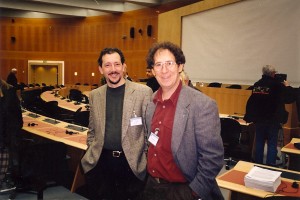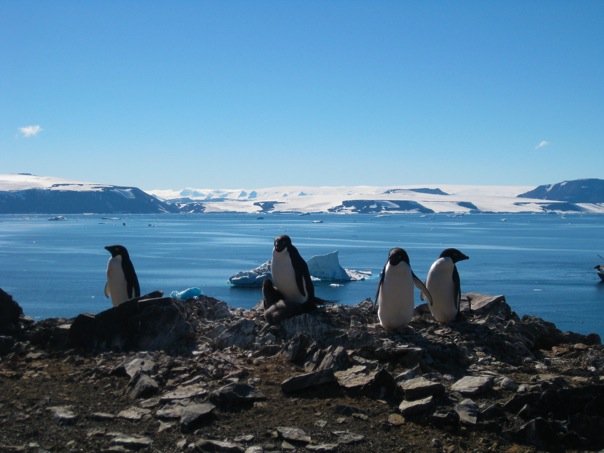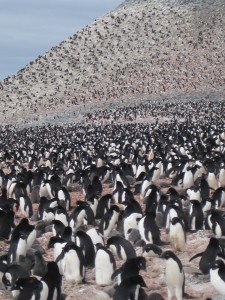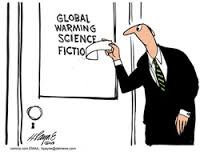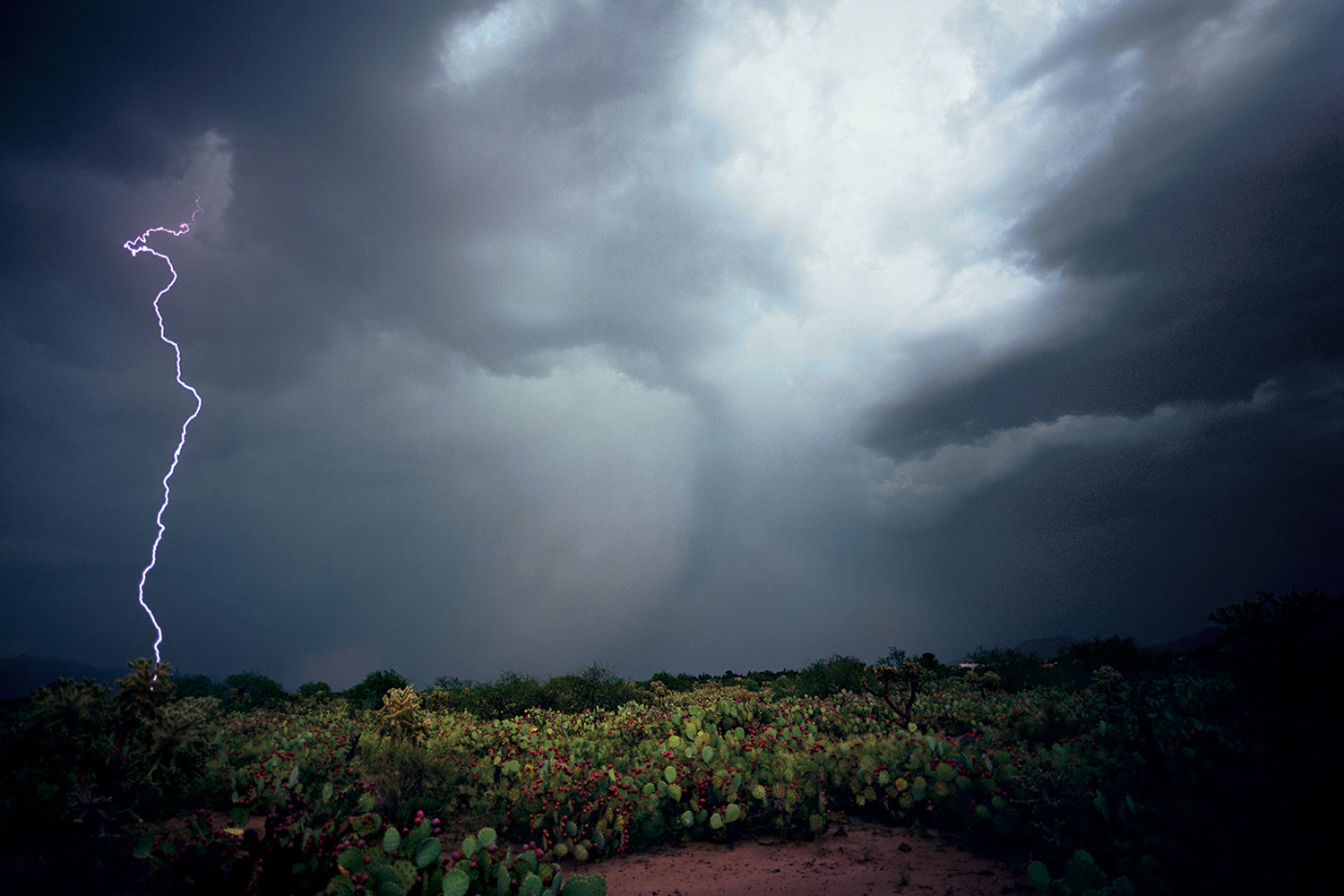Current political conservative rhetoric typically bashes the government’s regulatory role and promotes a completely free market economy. This view, which became very popular with Ronald Reagan, fails from the perspective of negative externalities and a lack of full cost consideration. If the US had a completely free market, business would be able to rape and pillage land to access mineral reserves, such as fossil fuels to feed our growing population and economy. Fortunately, for the environment, the US government has put in place a series of laws, which protect people, air, land and water. However, these laws and regulations are the very reason why we have climate deniers. Any group (governmental, non-profit, or business) which has a cost presented to it, through legislation or possible action, has a vested interested (benefit) from not having that action completed, this is why corporations have hired people like Seitz, Singer, Nierenberg and others to spread doubt.
These people such as Fred Seitz and Fred Singer (as described in Merchants of Doubt) are essentially climate hit-men, old reputable scientists working to promote the interest of corporations looking to profit from resource extraction or products that damage personal/environmental health (ie. Cigarettes or DDT). These corporations have a vested interest in avoiding the added externalities of their products, and thus are willing to spend millions of dollars to prevent any kind of environmental or health governmental action. This is where the media begins to unfairly represent climate change. Journalists are used to presenting two sides of any argument from neighborhood parks to health care, journalists attempt to cover both sides of the story. They are mistaken then when they attempt to do the same with climate change or scientific issues in general. Seeing as the public does not read scientific journals, Seitz, Singer, and others are able to insert their propaganda into the mass media. This leads to bias in the media in how climate change deniers are presented to the public. Deniers are typically given equal time and reputation for a factually incorrect viewpoint. This is the first step that must change in order to help the public understand the degree of certainty that we have (as scientists) in the current research on climate. (See John Oliver’s show here for a more accurate, and comic, representation of a debate)
In the end, it is the responsibility of those of us who have contributed most to the pollution to take action now to prevent future devastation. Climate change is like second-hand smoke. Those of us in the developed world (the smokers) have been polluting for decades and have raised levels of greenhouse gases to unsafe atmospheric levels. In this analogy the citizens of the developing world are the ones who are now faced with a problem in which they did not contribute (received all the costs without any benefits). The developed world still faces these issues, if not more so, because we must find an alternative way to run our economy.

